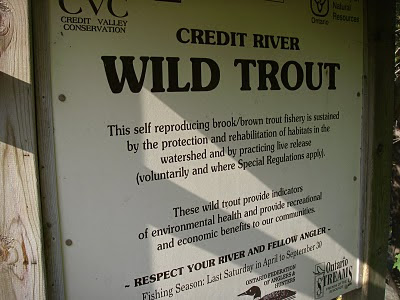It looked blue on my computer monitor, but when my print came back from the printer it was purple... what happened? It's all about colour space.
Computer monitors transmit colour as RGB (red, green, blue) light. Although all colours of the visible spectrum can be produced by merging red, green and blue light, monitors are capable of displaying only a limited gamut of the visible spectrum.
Monitors transmit light, inked paper absorbs or reflects specific wavelengths. Cyan, magenta and yellow pigments serve as filters, subtracting varying degrees of red, green and blue from white light to produce a selective gamut of spectral colours.
Like monitors, printing inks also produce a colour gamut that is only a subset of the visible spectrum, however the range is not the same for both. Therefore, the same art displayed on a computer monitor may not match to that which is printed. Print processes normally use CMYK (cyan, magenta, yellow, black) inks requiring digital art to be converted from RGB to CMYK colour for print.

Red, Green, Blue - Additive colours

Cyan, Magenta, Yellow - Subtractive colours

Visible colour spectrum with print gamut
For all the "Lost in Space" fans out there...





